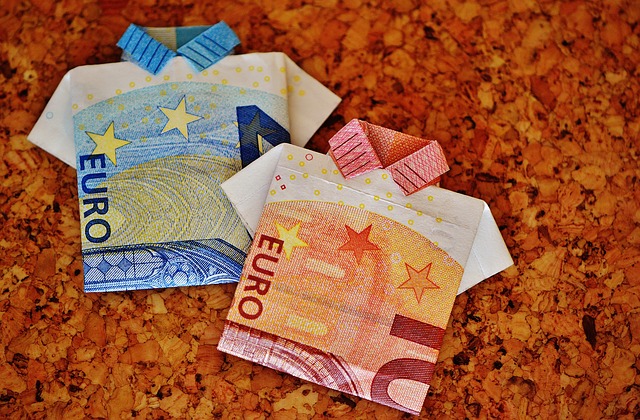In forex market terminology, a reserve currency consists of a currency held by a nation’s central bank set aside, or “in reserve”, for the purpose of paying international debts and for stabilizing or otherwise influencing the exchange rate of their own currency.
Reserve currencies often also make up the accepted method of payment for key commodities such as crude oil and gold.
Read our Previous Article: Forex Market Players – Know Types of Participants
Although the U.S. clearly predominates as a reserve currency, accounting for over 60% of global reserves, other currencies are also commonly held in reserve.
The primary currencies which governments hold in reserve in their central banks, listed in order of importance, are:
- The U.S. Dollar
- The E.U. Euro
- The U.K. Pound Sterling
- The Japanese Yen
- The Swiss Franc
Before being replaced by the Euro, the German Deutschmark and the French Franc were also held as reserve currencies.
Why the U.S. Dollar is the Primary Global Reserve Currency
Since the early part of the 20th century, the U.S. dollar has been the leading global reserve currency. In fact, many currencies were pegged to the Dollar because of the Dollar’s convertibility to gold since it was on the gold standard at that time.
Near the end of the Second World War, the Dollar was the currency selected at the Bretton Woods conference to which all other major national currencies would be pegged, with gold fixed at $35 U.S. Dollars per ounce.
This led to an era of relative global monetary stability until 1971, when then President Richard Nixon ended the Dollar’s convertibility to gold, effectively taking the U.S. Dollar off of the gold standard.
The event heralded the arrival of the age of floating exchange rates for fiat currencies, i.e. paper currencies issued by governments that were backed by nothing but the faith and credit of the issuer.
Despite the Dollar being taken off of the gold standard and serious problems with the U.S. economy and huge fiscal deficits, the U.S. Dollar continues benefiting from being the world’s number one reserve currency by having access to lower borrowing costs, for instance.
The Rise of the Euro as a Reserve Currency
As a result of the recent European sovereign debt crisis in 2009-2010, the beleaguered Euro has lost a considerable amount of its value against other currencies, prompting some central banks to cut down on their Euro holdings.
Nevertheless, the Euro continues having avid supporters who often believe the Euro is due to become the world’s next primary reserve currency. Only time will tell if these supporters are right, although when the Euro was introduced in 1999 it made up only 17.9% of global reserves, compared to the 28.1% that it accounts for now.
Compare this notable increase in Euro reserves to the corresponding fall in Dollar reserves, which declined from 70.9% of global reserves in 1999 to just 61.5% by 2009. Basically, it seems that the rise of the Euro as a reserve currency is now well underway.
Read Next: The Euro’s Rising Influence


